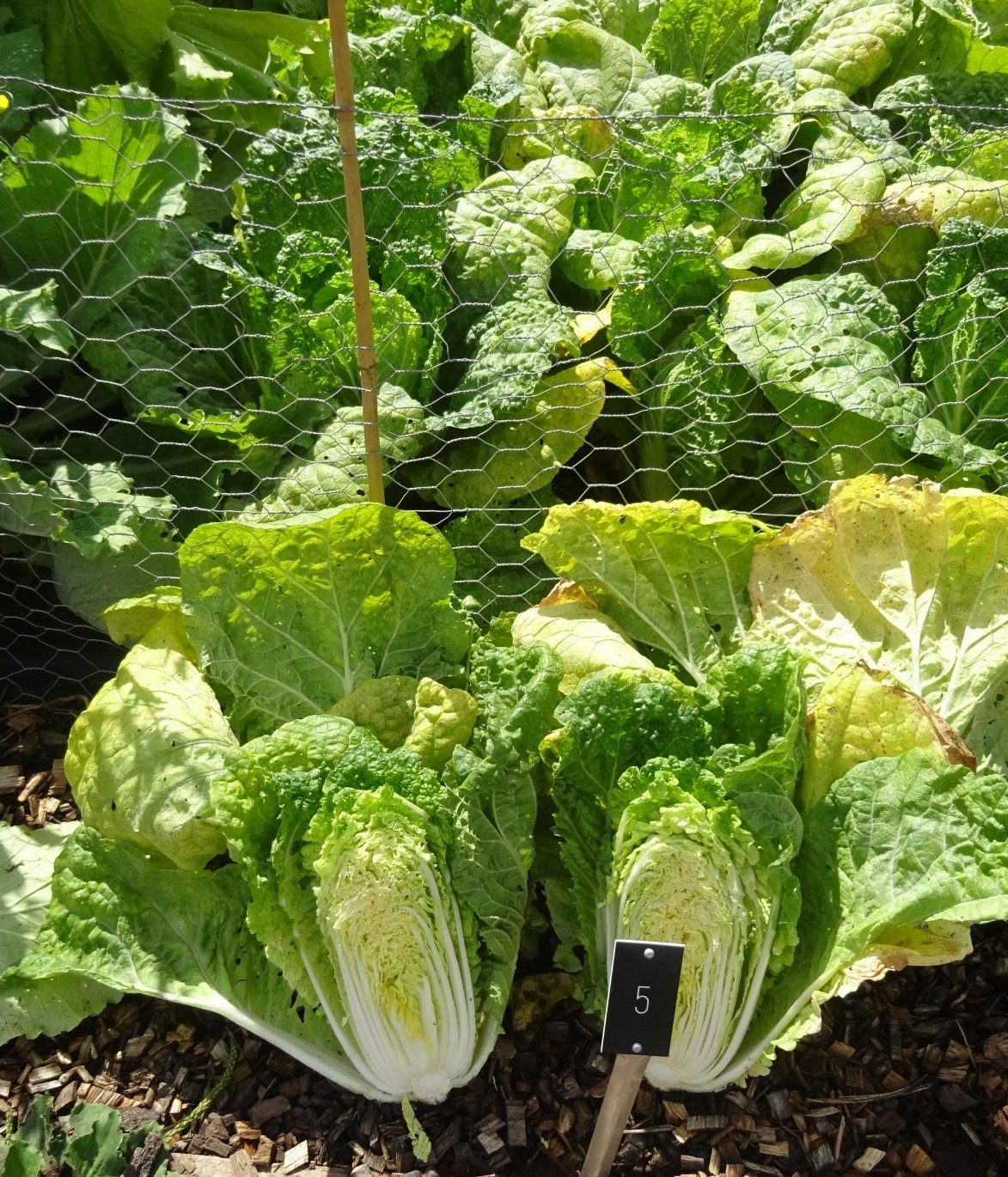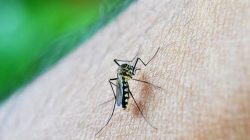Asian Brassicas: A Versatile and Quick-Growing Crop
Asian brassicas are a fantastic addition to any garden, known for their delicious flavor and rapid growth. These crops typically take between 60 to 90 days to mature, making them ideal for late-summer sowing to ensure a productive autumn harvest. Among the most popular varieties is pak choi, which has gained increasing popularity among gardeners due to its versatility and ease of cultivation.
One of the key advantages of Asian brassicas is that they can follow early crops such as peas or salads, which often leave the soil free by late summer. This allows for efficient use of garden space and ensures continuous productivity throughout the growing season.
Optimal Sowing Times and Challenges
While it may be tempting to sow seeds before midsummer, this can lead to premature flowering, also known as bolting. Similarly, sowing in late June might not yield reliable results, as the plants may struggle to grow before cooler, duller weather sets in. However, September sowing can still be successful if the plants are harvested as baby leaves, which can be picked when they reach about 10cm in height.
Many gardeners opt for packets of mixed seed designed for this purpose, allowing for a variety of Asian greens in one planting. Additionally, brassica seeds can remain viable for up to seven years if stored properly in cool, dry conditions. This makes it worthwhile to purchase a range of types and save leftover seeds for future seasons.
Botanical Background and Varieties
Botanically, many Asian greens are closely related to turnips (Brassica rapa), a fast-growing and hardy vegetable that thrives in late summer. Over thousands of years, Asian growers have selectively bred these plants to develop distinct and desirable traits. In contrast, Western brassicas mostly come from Brassica oleracea, which has its origins in Italy. Other species like swedes and oilseed rape derive from B. napus, a more frost-resistant variety than B. rapa.
Pak choi, with its spoon-shaped leaves and bulbous white leaf stems, is best enjoyed when lightly boiled, steamed, or stir-fried. It comes in various cultivars, including green, lime-green, and red-leaf varieties. Bolting can occur due to factors such as fluctuating soil moisture, hot weather, or transplant stress. To avoid this, it’s best to sow the seeds directly where the plant will grow, thinning them to 25cm apart and leaving 30cm between rows. For smaller varieties, slightly closer spacing is acceptable.
Adding composted manure or garden compost before sowing helps create the rich, moist soil that these plants prefer.
Other Popular Asian Brassicas
Tatsoi and choi sum are other leafy brassicas with crinkly, savoyed leaves. They are closely related to pak choi and are used in similar ways. Covering the plants throughout their life cycle with fine insect-proof mesh or biodegradable garden fleece is recommended to protect them from pests, especially during late summer when insect populations are at their peak.
Slugs and snails can be a problem in wet summers, but nematode preparations can be applied to help protect the plants. Clubroot-resistant varieties of pak choi and Chinese cabbages, such as “You Qing Choi” and “Yuki,” are available and ideal for allotments where clubroot is a common issue.
Chinese cabbage, which has a cos lettuce-like heart, is grown similarly to pak choi but requires more space—around 50cm between plants and rows. It comes in pale-green elongated forms, as well as barrel-shaped and red-leaved cultivars.
The tight heads of Chinese cabbage store well in cool conditions, such as in the salad compartment of a fridge, helping to reduce food waste.
Additional Brassica Options
Mustard greens (Brassica juncea) and mizuna, a type of Brassica rapa, are loose-leafed vegetables that are tangy, nutritious, and relatively hardy. They are excellent choices for early-winter cropping and can be used in salads or lightly cooked.
Chinese kale, also known as kailaan or kichi (B. oleracea), is grown for its delicately flavored flowering shoots and succulent stems. These are harvested just before the flowers open and can be eaten raw, steamed, or stir-fried. The plants produce a single flowering shoot, which is smaller than calabrese but more flavorful.
For optimal growth, make successive sowings every two weeks, ensuring 20cm between plants and 30cm between rows in fertile soil. This approach helps maintain a steady supply of fresh greens throughout the season.
About the RHS
The Royal Horticultural Society (RHS) is a charity dedicated to inspiring people to grow through its research, advisory services, outreach programs, shows, and gardens. For more information, visit rhs.org.uk.







